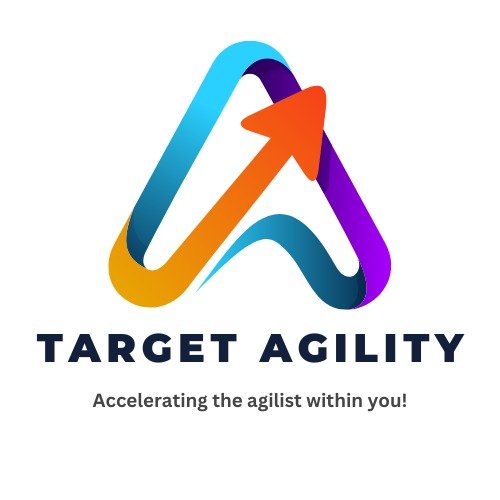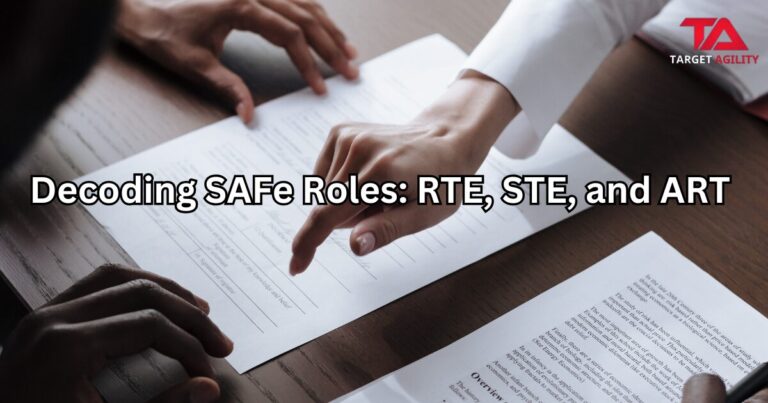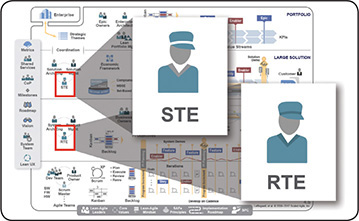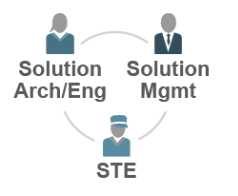As companies grow and use Agile across multiple teams, they often turn to the Scaled Agile Framework (SAFe) to stay organized. SAFe introduces some new roles and structures, including the Release Train Engineer (RTE), Solution Train Engineer (STE), and the Agile Release Train (ART). These roles help large teams deliver value more effectively.
Let’s take a closer look at what these roles mean, what they’re responsible for, and what they look like in real life.
What is an Agile Release Train (ART)?
An Agile Release Train, or ART, is a group of Agile teams (usually 5 to 12 teams, or about 50 to 125 people) that work together to deliver value. All the teams in an ART are aligned to a shared product goal and work on the same timeline.
Main responsibilities:
- Deliver features and updates in a steady rhythm (usually every 8–12 weeks)
- Plan together and share progress
- Stay focused on common goals
In the real world, ARTs can be tricky to manage. Teams might work at different speeds, use different tools, or have different priorities. The challenge is keeping everyone aligned and moving forward together.
What does a Release Train Engineer (RTE) do?
The Release Train Engineer, or RTE, acts like the lead Scrum Master for the ART. Their job is to help teams work together, remove obstacles, and keep everything running smoothly.
Main responsibilities:
- Run PI Planning events and program-level meetings
- Support team coordination and communication
- Help solve problems that affect more than one team
- Make sure teams are always improving
In reality, many RTEs are pulled into project management tasks—like tracking deadlines and managing expectations. While that’s part of the role, the best RTEs focus on supporting teams and guiding them to work better, not just faster.
What does a Solution Train Engineer (STE) do?
The Solution Train Engineer, or STE, supports several ARTs that are working on a bigger solution—such as a large software system or platform.
Main responsibilities:
- Coordinate planning across multiple ARTs
- Manage dependencies and risks between ARTs
- Work closely with Solution Management and system architects
- Encourage consistent Agile practices at a higher level
In real life, this role can be challenging. It requires a mix of technical understanding, leadership skills, and the ability to keep lots of moving parts aligned. STEs often deal with more strategic decisions and must balance business needs, customer expectations, and technical complexity.
Tips for Working in These SAFe Roles
- Focus on helping the flow of work instead of trying to control everything. Your job is to support teams, not micromanage them.
- Use the right data. Metrics like team health, feature delivery, and predictability tell you more than just tracking tasks.
- Lead by coaching, not by giving orders. Encourage teams to solve their own problems and grow stronger over time.
- Keep the customer in mind. ARTs and Solution Trains exist to deliver real value, not just complete tasks.
Conclusion
The roles of RTE, STE, and ART are key parts of SAFe and are essential for scaling Agile across large organizations. While the framework gives a solid structure, success comes from how these roles are used in practice. It’s not just about following steps—it’s about collaboration, clear communication, and staying focused on delivering value.
Whether you are stepping into one of these roles or working closely with someone who is, understanding both the responsibilities and the day-to-day realities will help you succeed in a scaled Agile environment.












